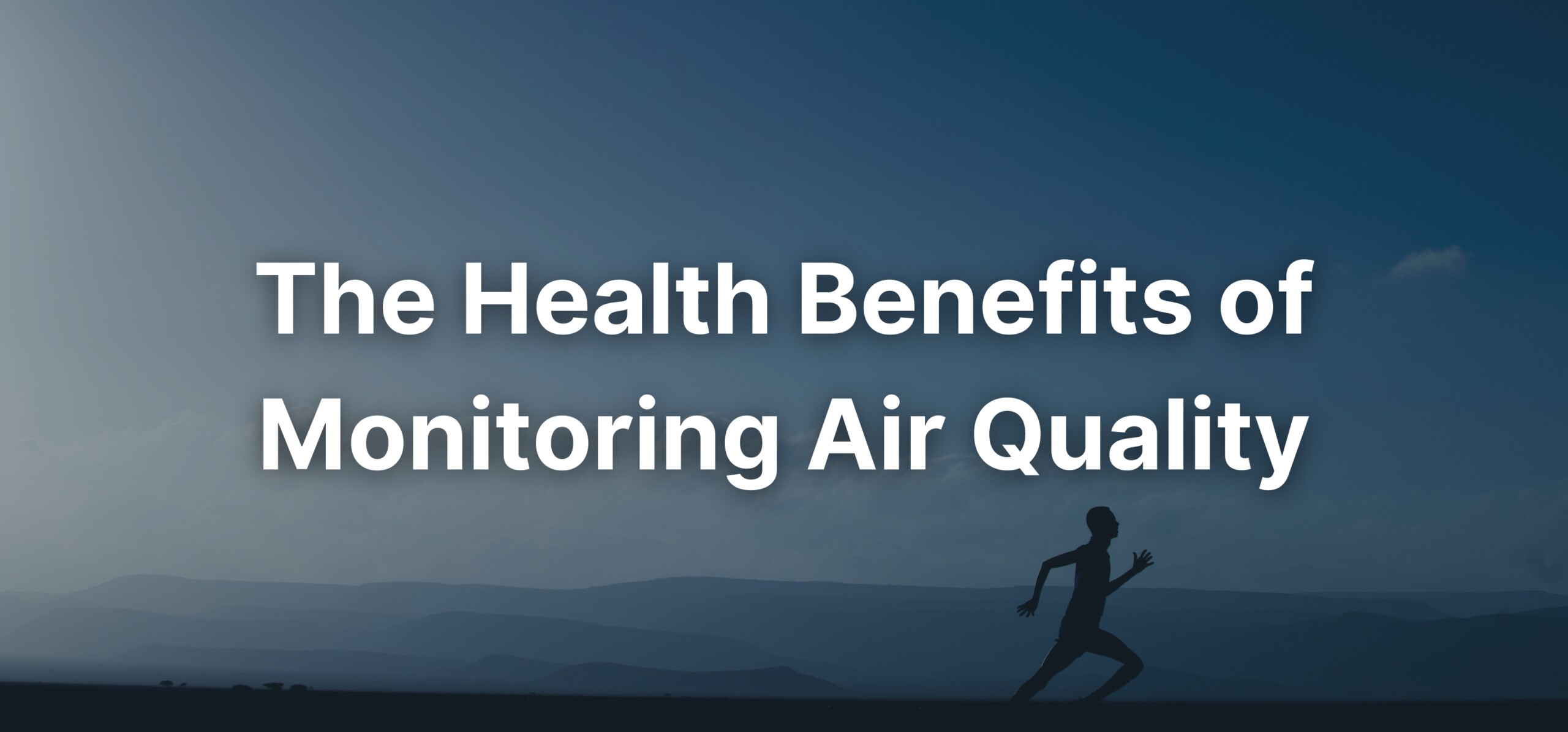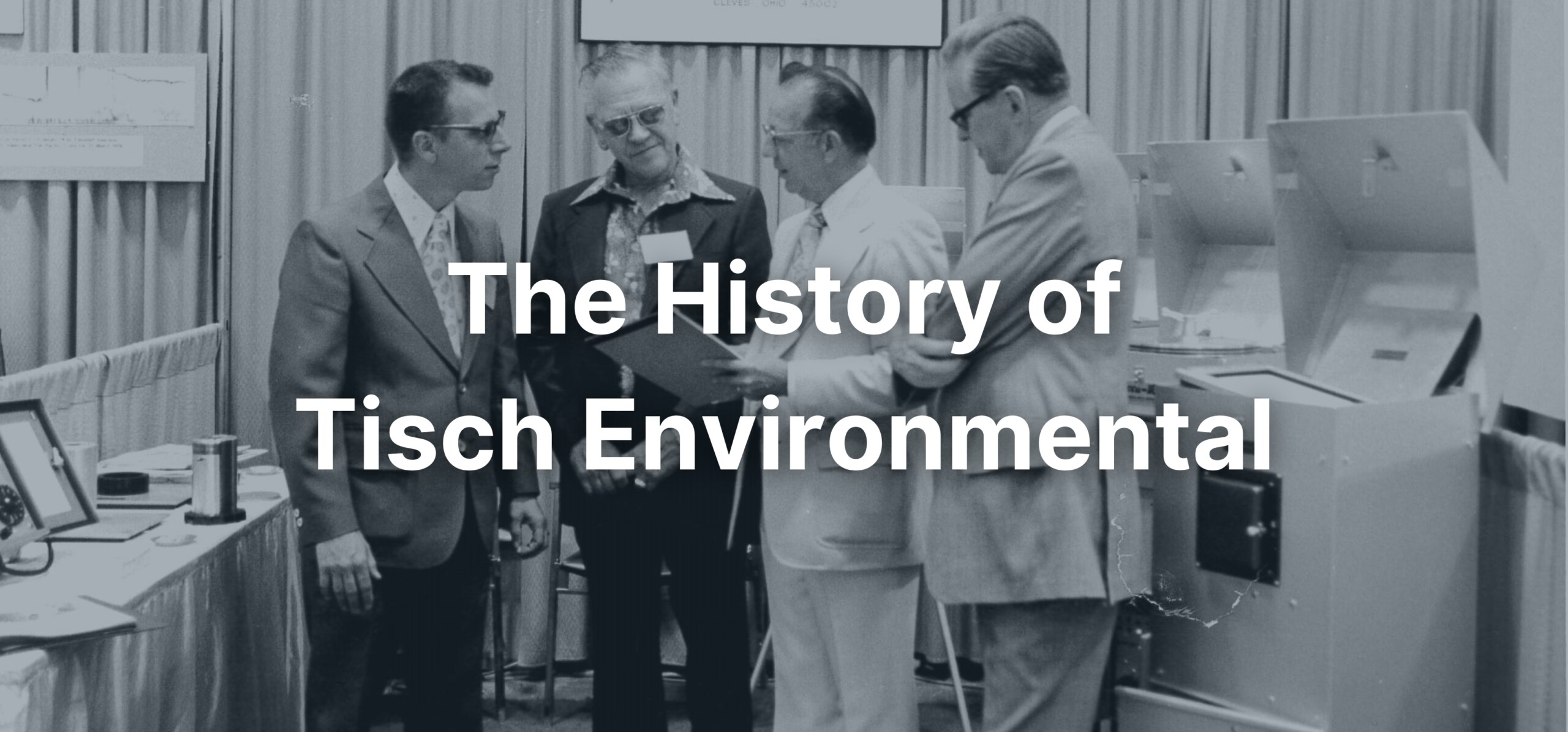Passive vs. Active Air Sampling: A Comprehensive Guide
Air sampling is vital for environmental monitoring, ensuring public and environmental health. Two main methods dominate this field: passive air sampling and active air sampling. Each method has unique advantages and is suited to different scenarios. This guide explores the differences, benefits, and limitations of both methods to help you choose the best approach











Get Social